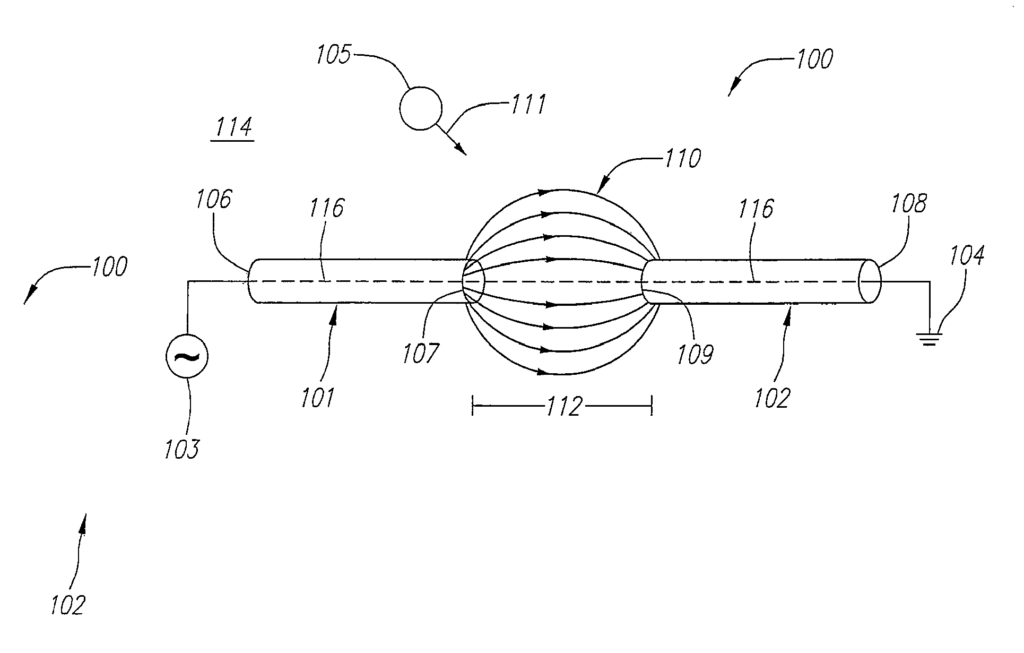Nanoelectrode Technology for Precision at the Nanoscale
Introduction
As technology moves deeper into the realm of nanotechnology, precision at the nanoscale is increasingly crucial for industries ranging from biotechnology to electronics. Conventional electrodes, while effective at larger scales, lack the precision and sensitivity required for nanoscale applications. Our patented systems and methods for making and using nanoelectrodes offer an advanced solution, designed to enhance performance and precision in a variety of cutting-edge applications. These nanoelectrodes are ideal for scientific research, diagnostics, and next-generation electronic devices.
Limitations of Current Electrode Technologies
Traditional electrodes are often too large and imprecise for many applications in nanotechnology, where a high level of detail is required to study and manipulate extremely small objects, such as cells, molecules, and nanoparticles. In biotechnology and medical diagnostics, researchers and clinicians need tools that can probe these tiny structures without causing damage or losing sensitivity. In electronics, as devices continue to shrink, the need for electrodes that function reliably at the nanoscale becomes paramount for improving performance and enabling new functionalities.
Without the ability to manipulate and measure at such a small scale, industries face limitations in innovation, from drug development to nanomaterial research, and from biosensors to nanoelectronics.
A Game-Changer for Nano-Precision
Our patented technology provides an innovative solution by enabling the creation and use of nanoelectrodes with exceptional precision and sensitivity. These nanoelectrodes are capable of detecting, measuring, and manipulating nanoscale materials, making them essential for applications such as high-resolution biosensing, single-cell analysis, and electrochemical studies. The method for producing these nanoelectrodes ensures scalability, making them suitable for both research and industrial applications.
In the biotechnology sector, these nanoelectrodes allow researchers to study complex biological interactions at the molecular level with greater accuracy, enhancing drug discovery and diagnostic techniques. For electronics and semiconductors, the nanoelectrodes can be integrated into smaller, more efficient devices, improving the performance of sensors, transistors, and other electronic components.
Key Benefits
- High Precision: Provides exceptional sensitivity and control at the nanoscale, making it ideal for research and diagnostic applications.
- Scalable Production: The method for producing these nanoelectrodes is efficient and scalable, allowing for broader adoption in various industries.
- Versatile Applications: Can be used in biotechnology, electronics, nanomedicine, and materials science for cutting-edge research and product development.
- Enhanced Performance: Improves the accuracy and efficiency of nanoscale measurements and interactions, opening new doors for innovation.
Advancing the Future of Nanotechnology and Biosensing
Licensing this nanoelectrode technology offers companies and research institutions the opportunity to stay at the forefront of nanotechnology advancements. With applications across industries, these nanoelectrodes are a key enabler for the next generation of precision devices and diagnostics, driving innovation and performance at the nanoscale.

- Abstract
- Claims
What is claimed is:
1. A system for manipulating a polarizable object using dielectrophoresis, comprising:
6. The system of claim 3, further comprising:
Share
Title
Systems and methods for making and using nanoelectrodes
Inventor(s)
Peter J. Burke, Shengdong Li, Lifeng Zheng
Assignee(s)
University of California
Patent #
9102527
Patent Date
August 11, 2015
